Influential inventions of the 1990s that changed the world
Ah, the 1990s—a decade brimming with technological leaps that laid the foundation for the modern world. It was an era when innovations were not just technical achievements but cultural milestones. From the early days of the internet to the rise of home gaming consoles, the 90s were full of groundbreaking developments that continue to impact our lives today. So, let’s take a trip down memory lane and explore the incredible inventions that defined this vibrant decade.
The World Wide Web: The Dawn of the Digital Age
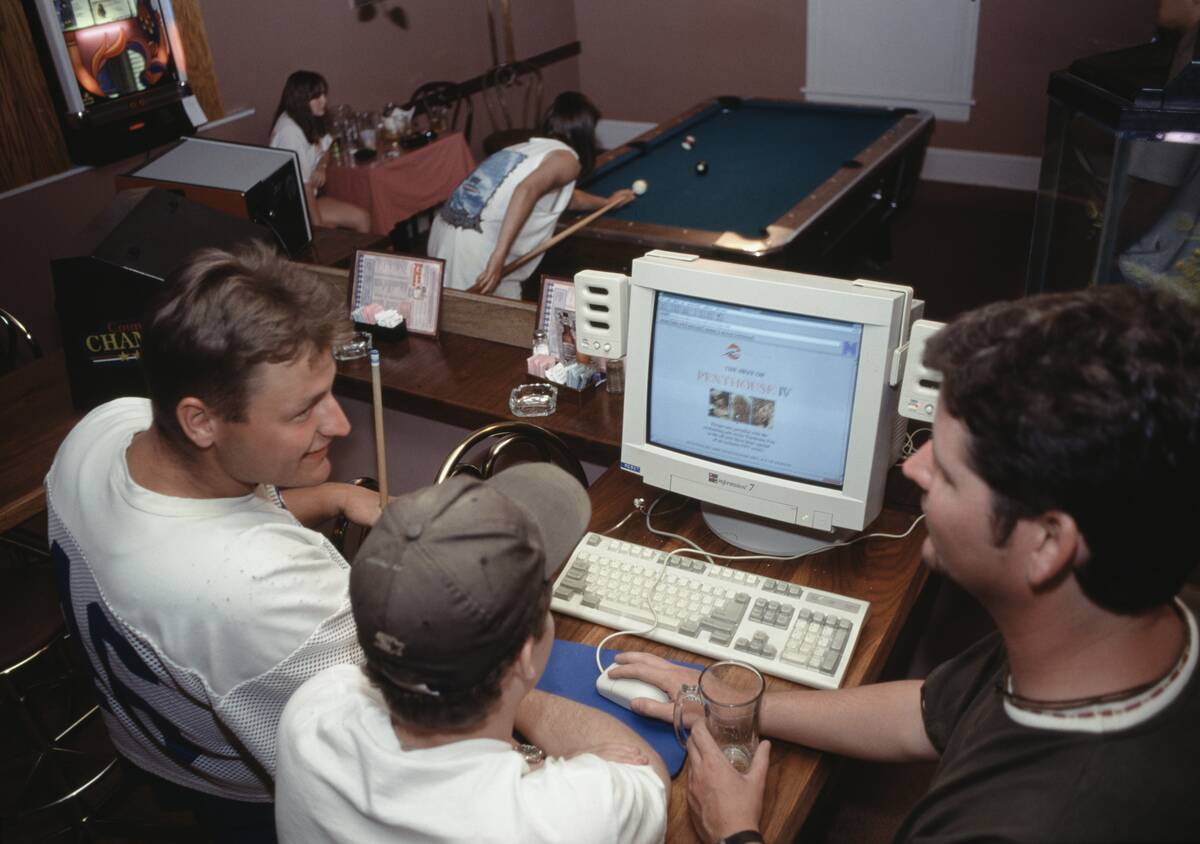
In 1991, the World Wide Web became publicly accessible, thanks to Tim Berners-Lee. This monumental invention transformed the way we communicate, work, and play. It opened the floodgates to a digital revolution, enabling people around the globe to connect and share information instantly. The web has since become an indispensable part of our daily lives, evolving from simple text pages to complex interactive experiences.
The Rise of the Personal Computer: PCs for Every Home
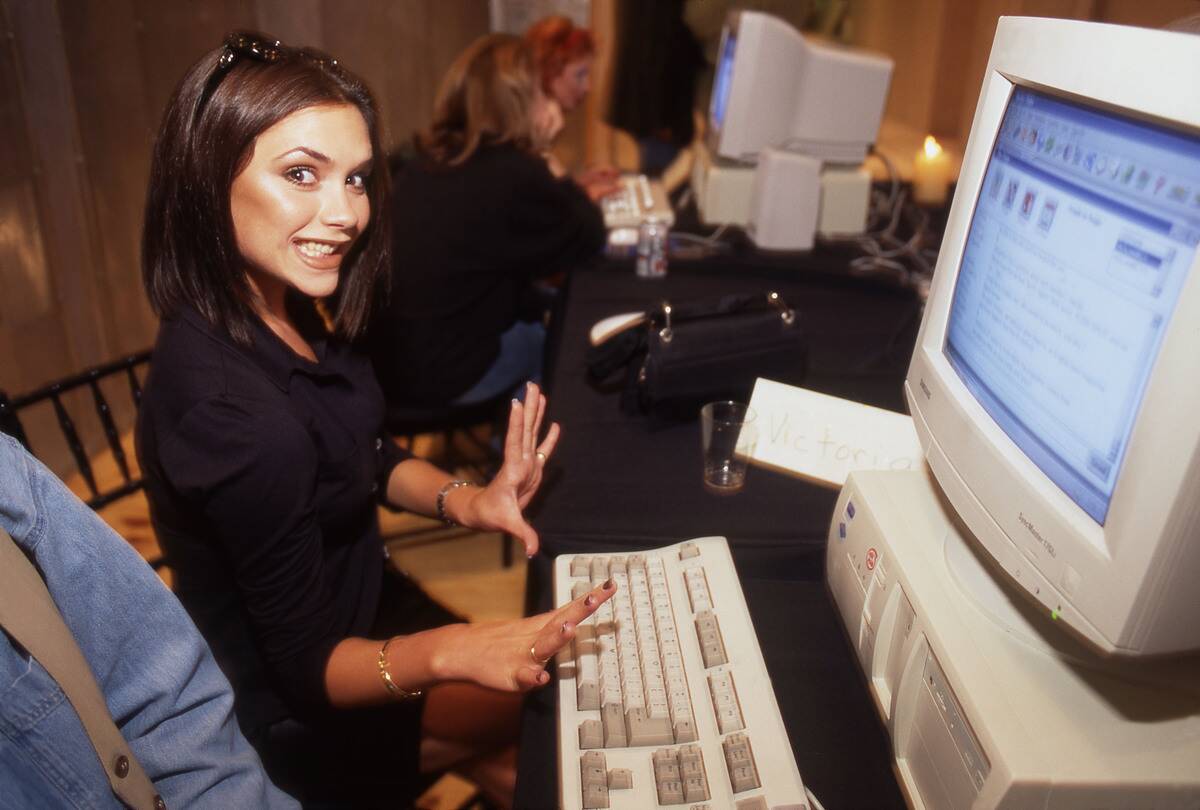
The 1990s saw the personal computer become a household staple. Companies like IBM and Apple made significant strides in making computers accessible and affordable for the average person. By the end of the decade, nearly half of American homes had a PC. This shift not only changed how we work and learn but also set the stage for the digital age, allowing people to explore the burgeoning internet from the comfort of their homes.
The Launch of the Hubble Space Telescope: Expanding Our Universe
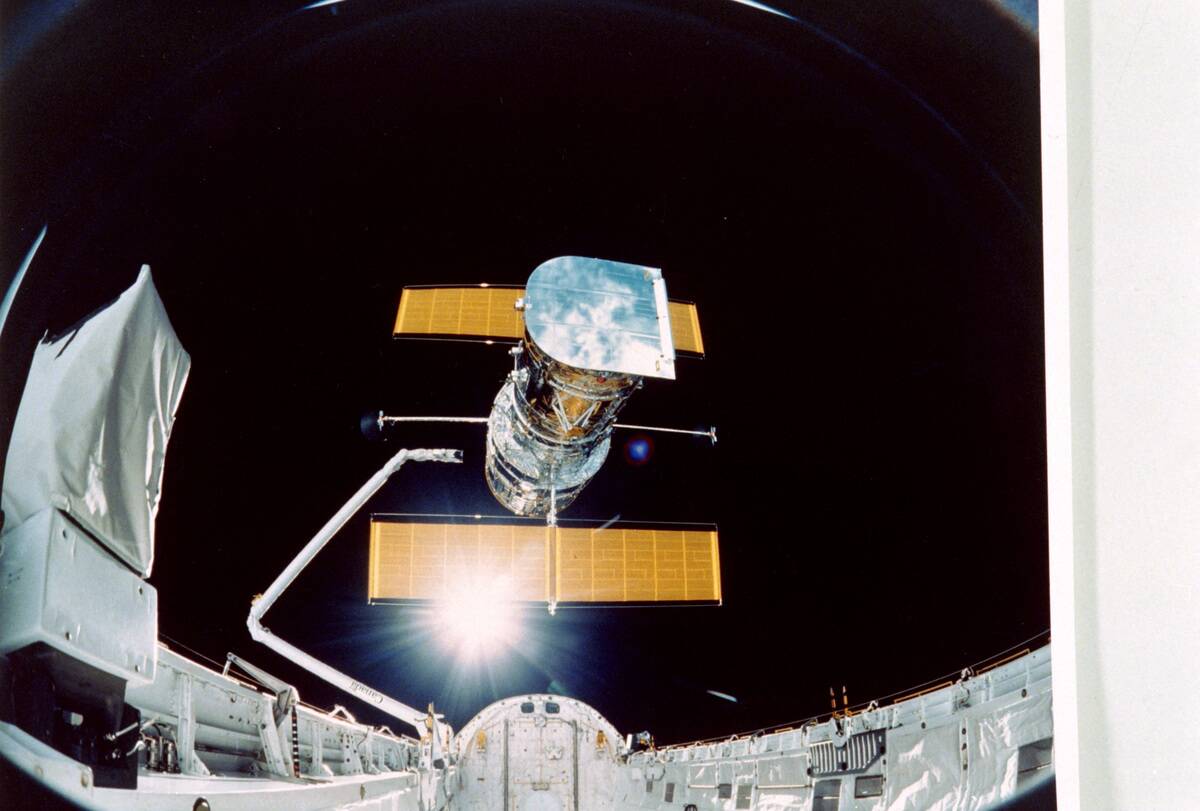
In 1990, NASA launched the Hubble Space Telescope, providing us with unprecedented views of the cosmos. Despite initial technical hiccups, the telescope soon delivered stunning images that deepened our understanding of the universe. From capturing the birth of stars to revealing distant galaxies, Hubble’s discoveries have been invaluable to astronomers and space enthusiasts alike, sparking a renewed interest in space exploration.
The Game-Changing PlayStation: Revolutionizing Gaming Entertainment

Sony’s PlayStation hit the shelves in 1994, forever changing the gaming landscape. With its advanced 3D graphics and a rich library of games, it appealed not only to kids but to adults as well. Icons like “Final Fantasy VII” and “Metal Gear Solid” became household names, elevating gaming from a niche hobby to a mainstream entertainment medium. The PlayStation’s success paved the way for future consoles and helped shape the gaming industry we know today.
DVD Players: Transforming Movie Nights Forever
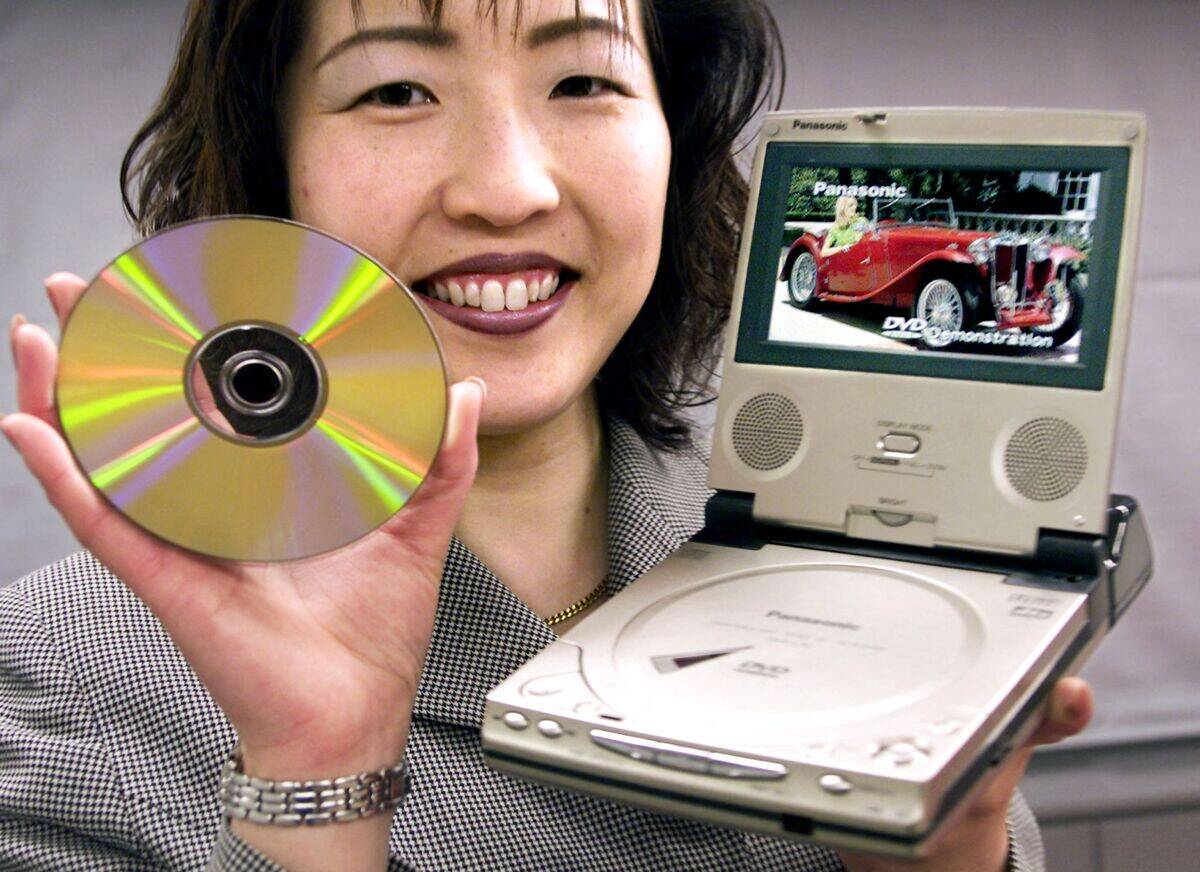
Remember the excitement of movie nights with DVDs? Introduced in 1997, DVDs quickly replaced VHS tapes, offering superior picture quality and extra features like commentary tracks and menus. Consumers were thrilled by the compact size and the ability to skip directly to their favorite scenes. The DVD’s success marked a significant shift in how we consumed media, setting the stage for the streaming services that dominate today.
The Ubiquitous Mobile Phone: Communication on the Go

The 1990s witnessed the mobile phone transition from luxury item to everyday necessity. As technology advanced, phones became smaller, more affordable, and increasingly accessible. By the end of the decade, mobile phones were everywhere, with companies like Nokia leading the charge with models like the iconic 3310. This shift revolutionized communication, allowing people to stay connected anytime, anywhere.
GPS Technology: Navigating Our Way Through the World
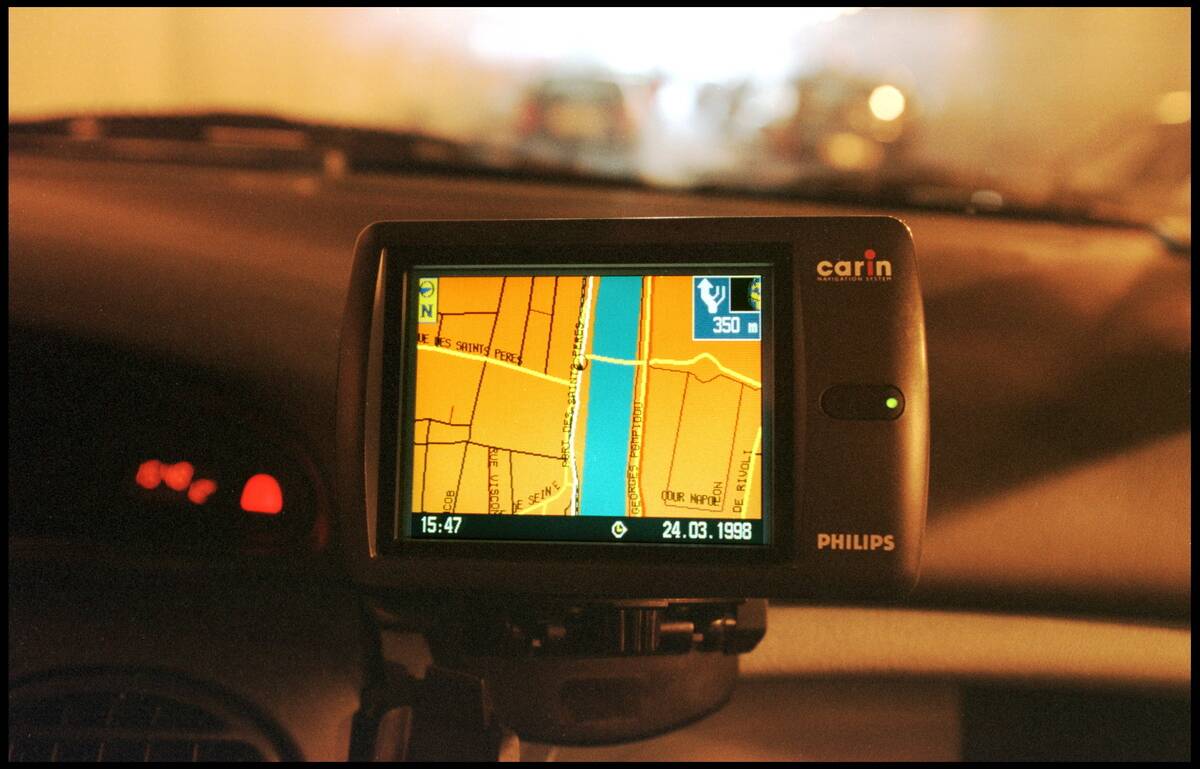
The Global Positioning System, or GPS, became fully operational in 1995. Originally developed for military use, GPS technology soon found its way into civilian life, revolutionizing navigation. With satellites guiding the way, people could travel with confidence, whether they were navigating city streets or hiking in the wilderness. Today, GPS is a staple in smartphones and cars, making it hard to imagine a world without it.
Digital Cameras: Capturing Moments in Megapixels
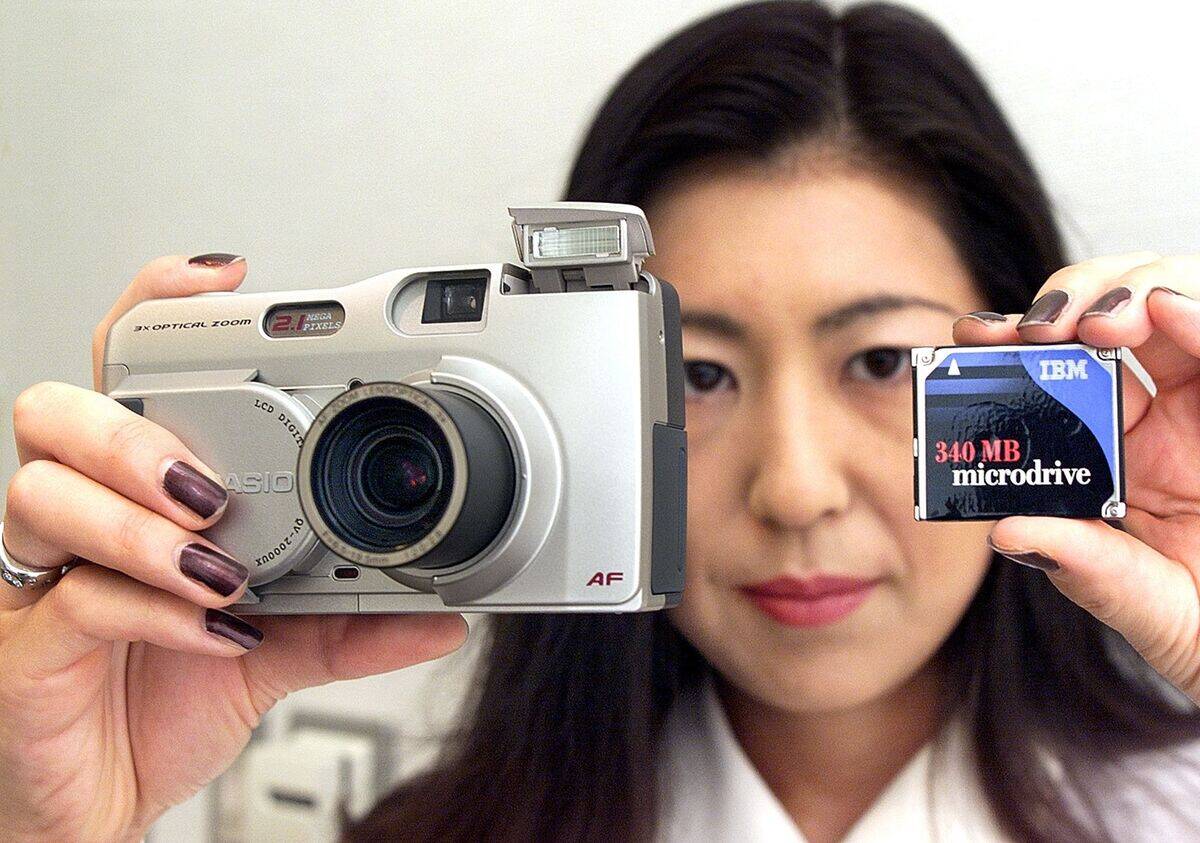
The introduction of digital cameras in the 1990s changed photography forever. No more waiting for film to develop; instant review and editing became possible. These cameras, like the Kodak DCS 100, offered unprecedented convenience and quality, making it easier for anyone to capture life’s moments. This innovation paved the way for the smartphone cameras we rely on today, democratizing photography for the masses.
Hybrid Cars: Pioneering the Eco-Friendly Movement
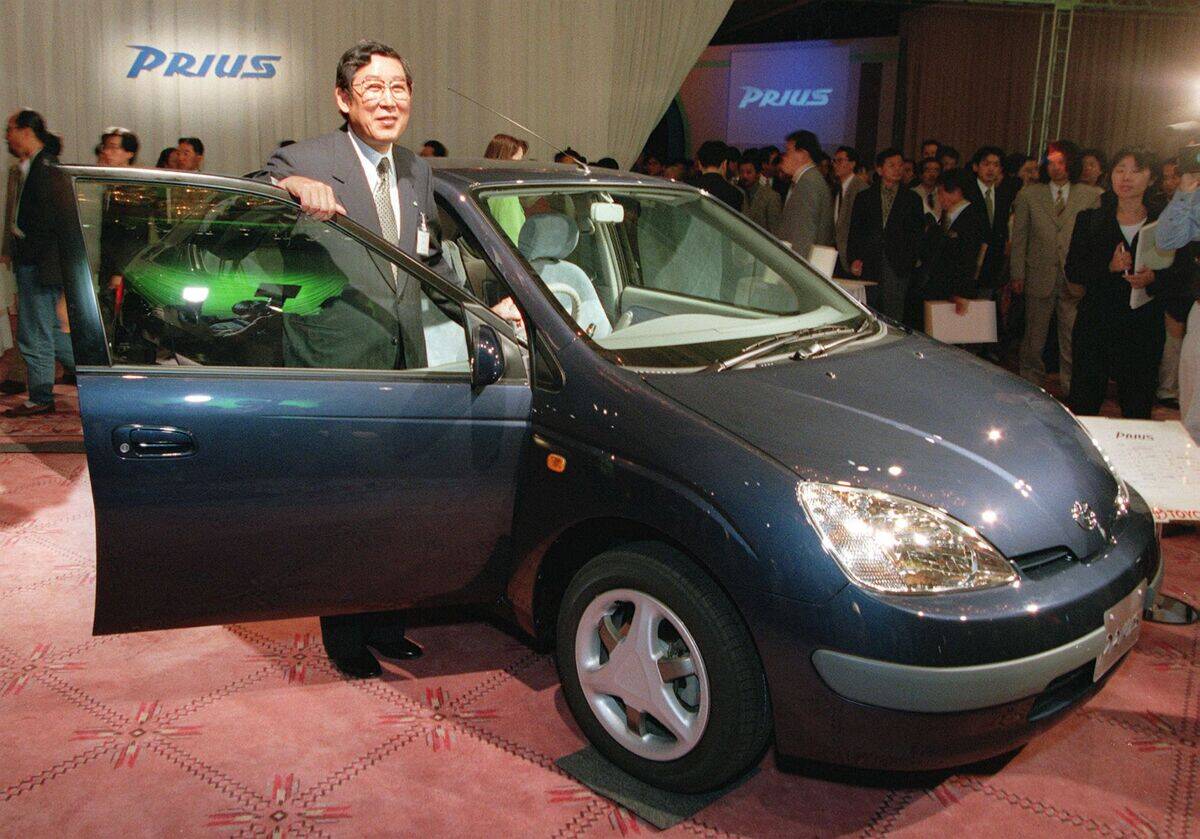
Toyota unveiled the Prius in 1997, marking the debut of the hybrid car. This vehicle combined a gasoline engine with an electric motor, offering improved fuel efficiency and reduced emissions. The Prius set the stage for the eco-friendly car movement, inspiring other manufacturers to develop their own hybrids. Today, hybrids are a common sight on roads, reflecting a growing commitment to sustainable transportation.
The Birth of Text Messaging: A New Way to Chat

In 1992, the first SMS message was sent, reading “Merry Christmas.” This simple exchange sparked a revolution in communication. Text messaging became wildly popular, offering a quick and convenient way to stay in touch without the need for a lengthy phone conversation. As mobile phones became more widespread, texting became a cultural phenomenon, influencing everything from language to social interaction.
The Introduction of Wi-Fi: Cutting the Cord in Connectivity

Wi-Fi technology was introduced in 1997, liberating users from the constraints of wired internet connections. With Wi-Fi, people could enjoy the freedom of connecting multiple devices to the internet without the hassle of cables. This breakthrough laid the groundwork for the modern wireless world, where connectivity is seamless and ubiquitous, and it remains a cornerstone of our digital lives.
The Popularity of Laser Eye Surgery: A Clearer Vision for Many

Laser eye surgery gained traction in the 1990s as a viable solution for vision correction. Procedures like LASIK became increasingly popular, offering a quick and effective way to reduce dependency on glasses or contact lenses. Advances in technology made the surgery safer and more accessible, allowing millions to enjoy clearer vision and improved quality of life. Today, it remains a common choice for those seeking vision correction.
E-commerce Platforms: Shopping from the Comfort of Your Couch
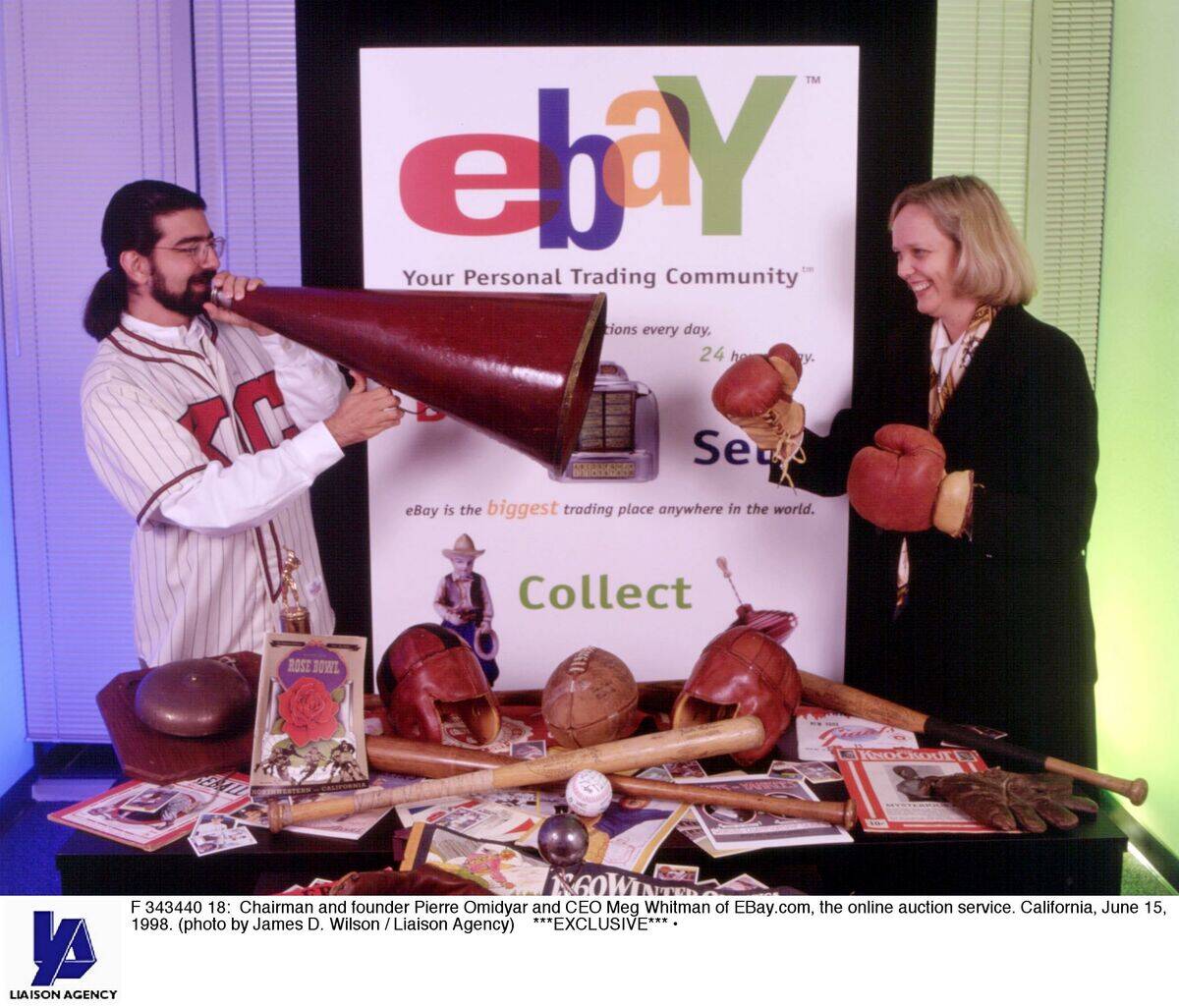
The 1990s saw the birth of e-commerce, with Amazon and eBay leading the charge. These platforms transformed shopping by bringing it online, allowing consumers to browse and purchase items from home. The convenience and variety offered by e-commerce quickly gained popularity, revolutionizing the retail industry. Today, online shopping is a dominant force, reshaping how we buy everything from books to groceries.
The Revamp of Virtual Reality: Immersive Experiences Take Shape
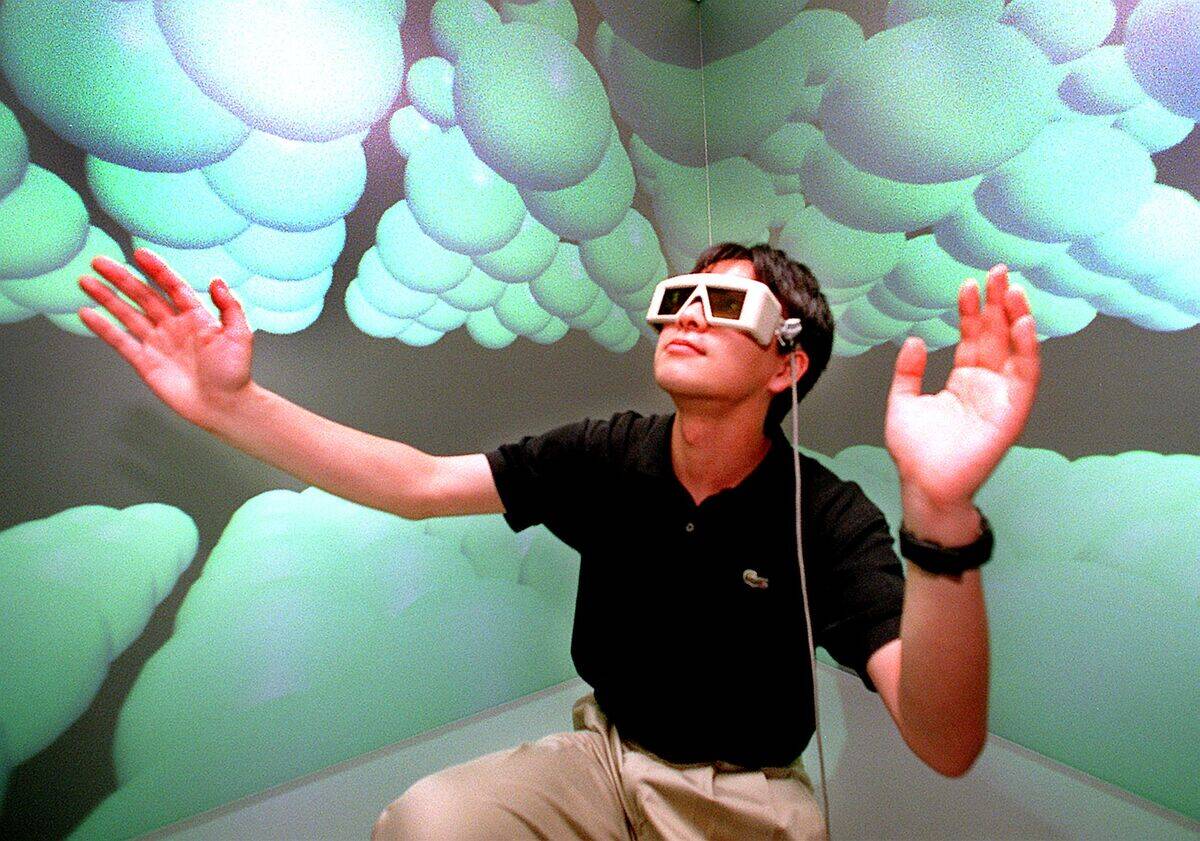
Virtual reality, or VR, experienced a renaissance in the 1990s. While early attempts were clunky, advancements in the decade brought more immersive experiences to life. Companies like Sega and Nintendo dabbled in VR, sparking public interest and setting the stage for future developments. Although the technology wasn’t quite ready for mainstream adoption then, it paved the way for the VR innovations we’re witnessing today.
The Revolutionary Flat-Screen Television: Slimming Down Entertainment
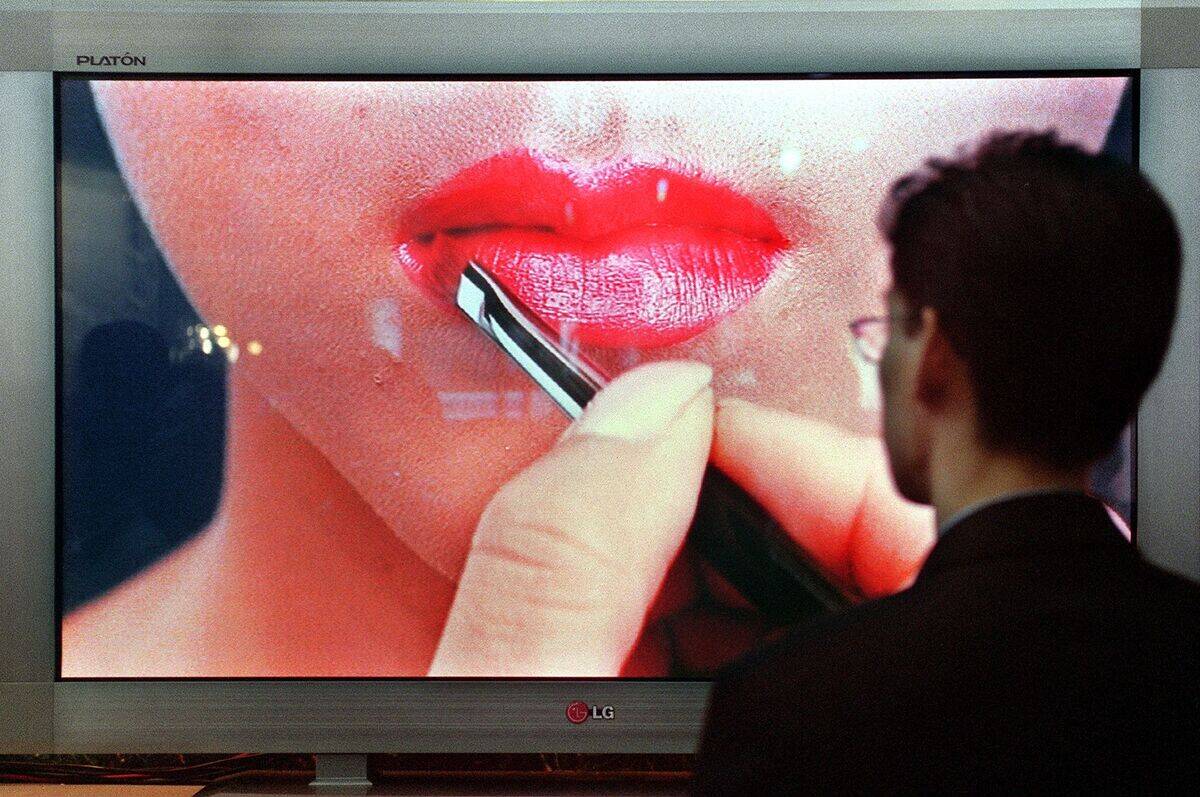
Flat-screen TVs began to appear in the late 1990s, offering a sleek alternative to bulky CRT sets. Companies like Panasonic and Sony led the charge, with innovations in plasma and LCD technology. These televisions not only provided better picture quality but also transformed living rooms with their modern design. The flat-screen revolutionized how we consume visual media, setting the stage for today’s ultra-thin displays.
Sony’s AIBO Robot Dog: A Playful Peek into AI
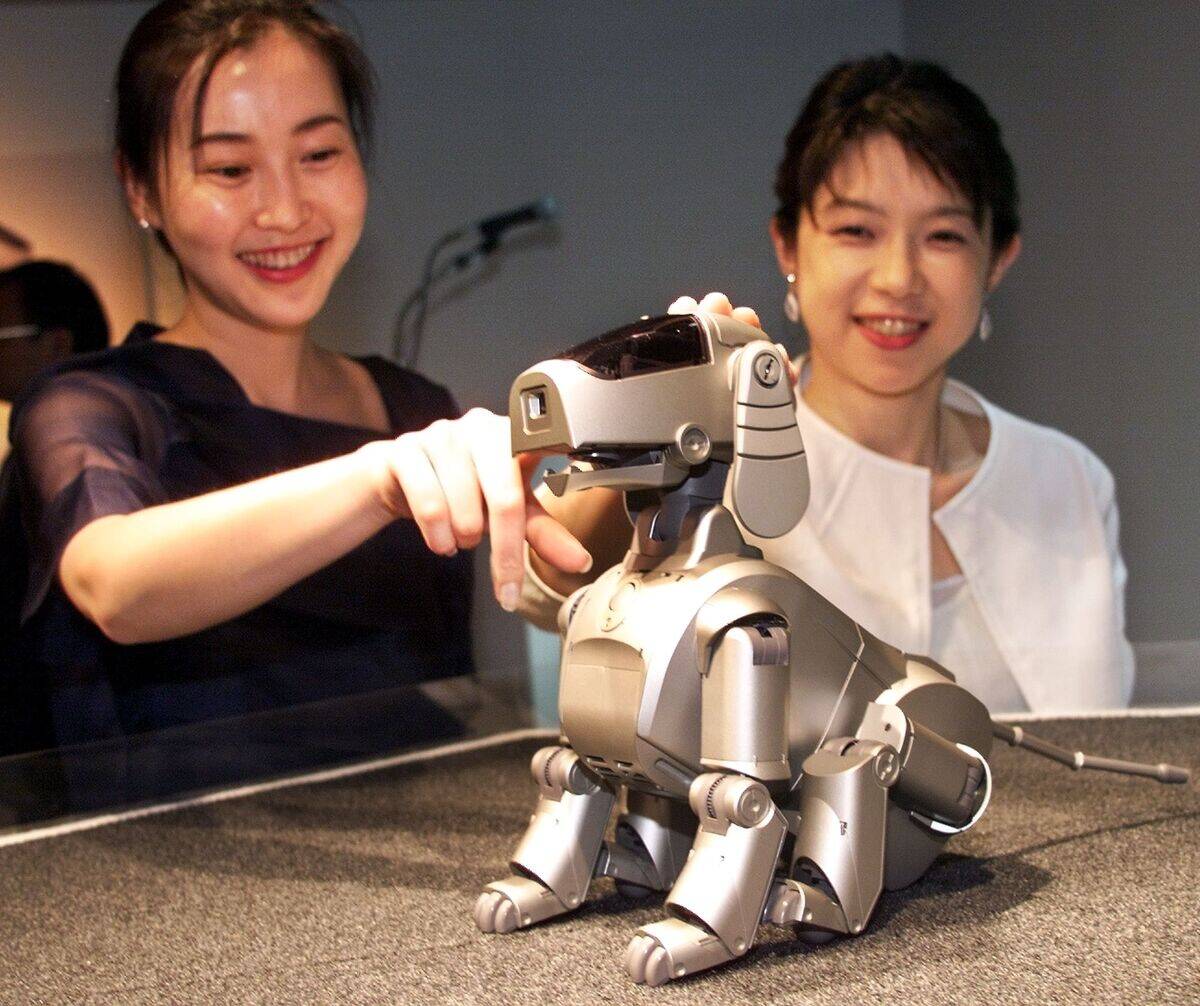
In 1999, Sony introduced AIBO, an adorable robotic dog that captured the imagination of tech enthusiasts. AIBO was one of the first consumer robots to exhibit artificial intelligence, capable of learning and responding to its environment. While it wasn’t a commercial success, AIBO paved the way for future AI developments, offering a glimpse into a world where robots could become our companions and helpers.
The Impact of MP3 Players: A New Era of Portable Music
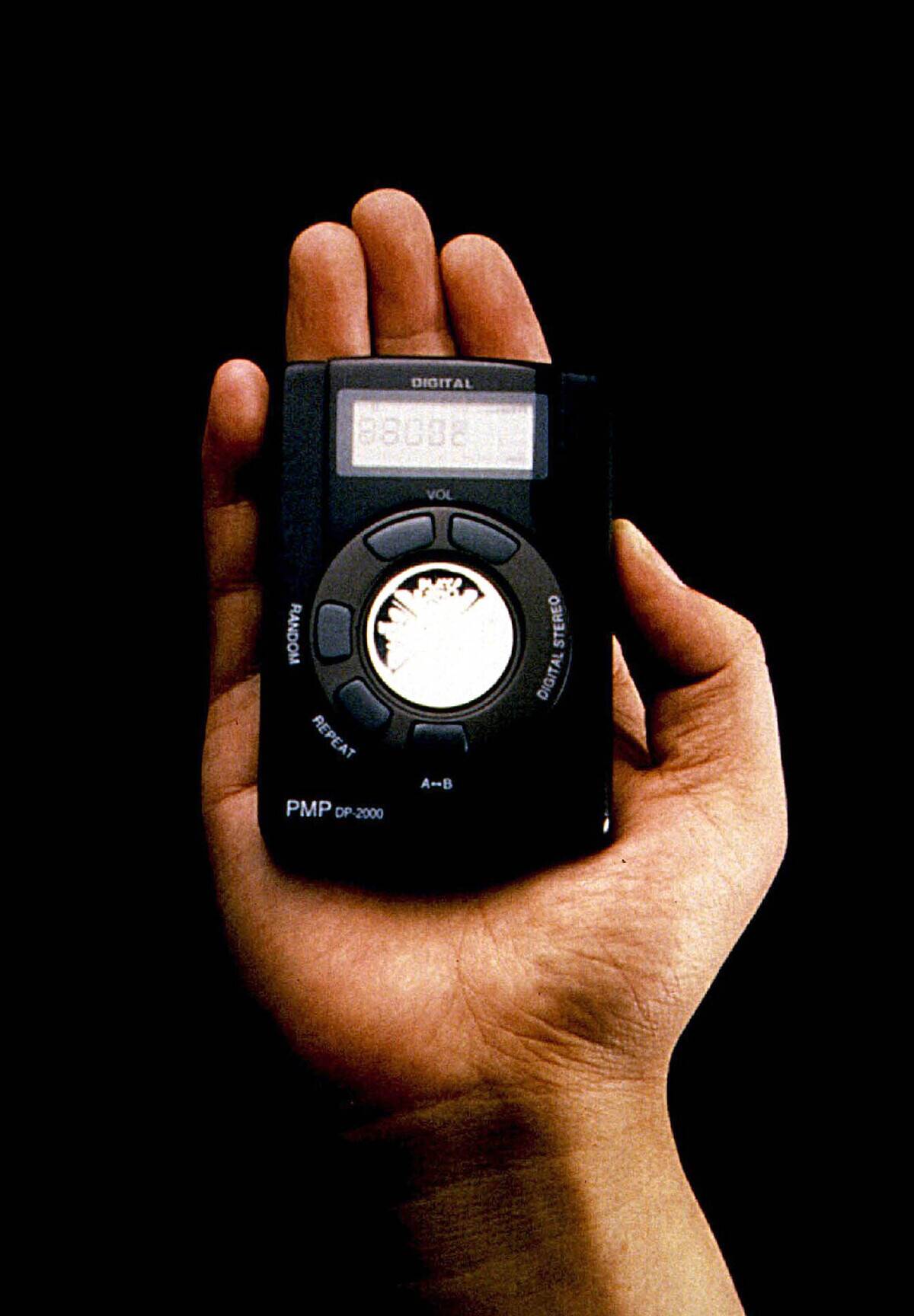
The late 1990s saw the rise of MP3 technology, revolutionizing the way we listen to music. With devices like the Rio PMP300, music lovers could carry vast libraries of songs in their pockets. This shift from physical media to digital files made music more accessible and portable than ever before. The MP3 player laid the groundwork for future innovations like the iPod and streaming services, altering the music industry forever.




